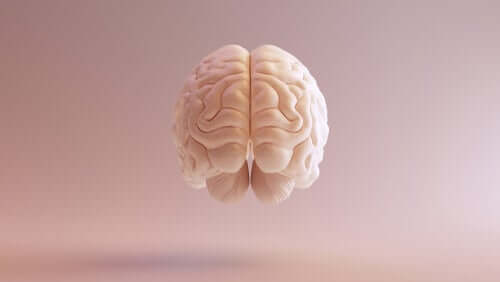The brain is divided into several parts, one of which is the telencephalus, is the broader, anterior and superficial structure of the brain, its name refers to one of the formations that are generated during development, since it is part of the structures derived from the neural tube.
It is located above the diencephalus and is the highest integration center at the somatic and vegetative level. In addition, it is divided into two hemispheres, the right and the left hemisphere, which exchange information through the nerve fibers of the callous body.
- Thanks to the telecephalus we have functions such as memory.
- Emotions.
- Smell.
- Vision and taste.
- Among others.
- Let’s explore this impressive part of our brain.
In addition to the two hemispheres, from the embryological and ongenetic point of view, it can be divided into:
Thus, the outerst part of the hemispheres is called the cerebral cortex and is divided into five lobes:
In addition to the above divisions, we can highlight the following parts of the telecephalus:
Each part of the brain is fundamental to our survival and, at the same time, difficult to understand, so there are still pathologies whose origin is not known to 100% and for which there is no cure yet.
The telecephalus doesn’t stay out. It also has serious pathologies and difficult to decipher, let’s look at some associated pathologies:
Currently, we have made great strides through research groups, such as Scott et al. , who, in an article in the journal Experimental Neurology, have suggested that the key element of neurodegeneration in Parkinson’s disease could be due to autosomal recessive genes.
No further research is excluded, such as the one published in an article last year (2018) in The World Journalof Biological Psychiatry, which addressed the relationship between the endocannabinoid system and schizophrenia.
This study revealed how pairs of twins are affected or not by schizophrenia or bipolar disorder, according to hereditary abnormalities of the endocannabinoid system.
Although it is difficult to combat these diseases, it will not always be an impossible task, thanks to current research in neuroscience we now have clues to understand them better, we hope that in the future we can find a cure.

